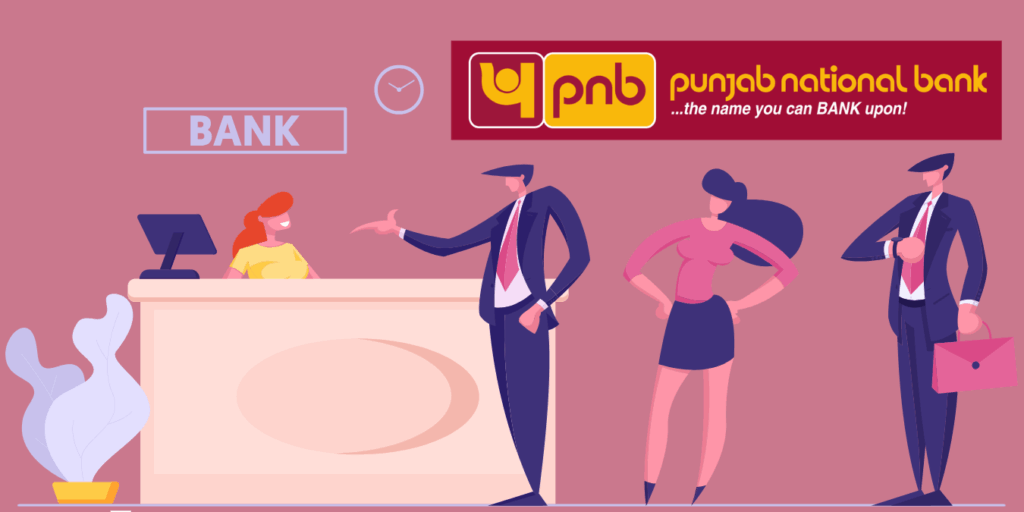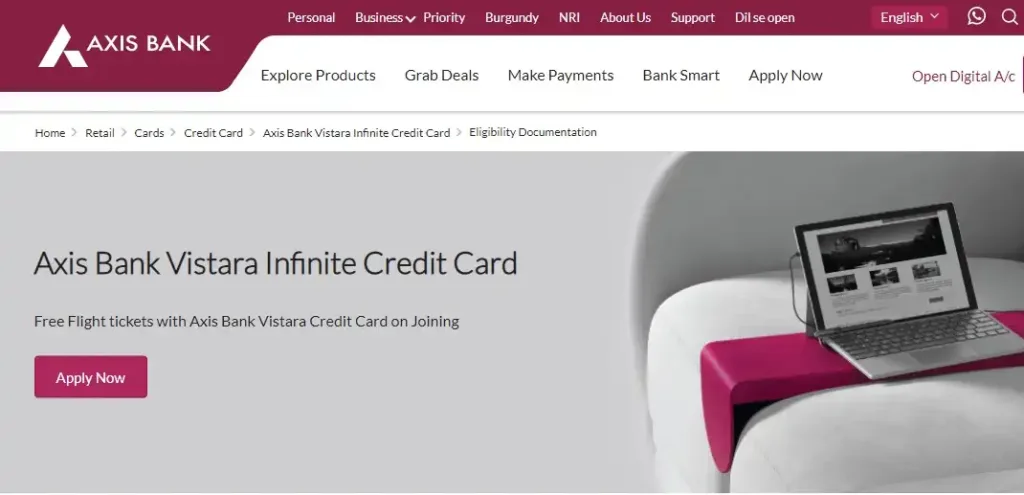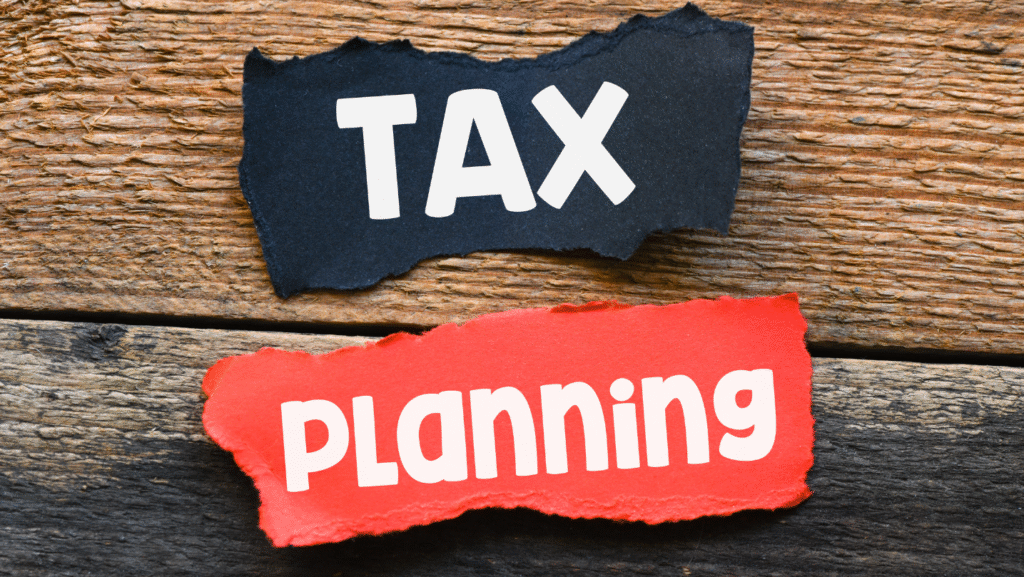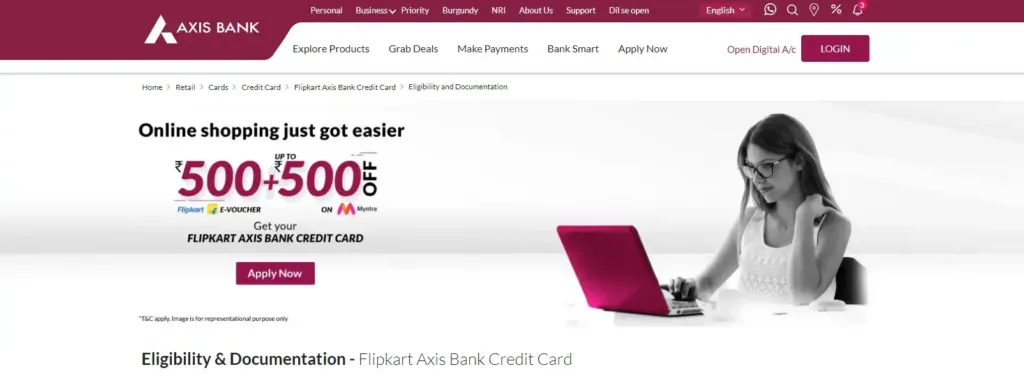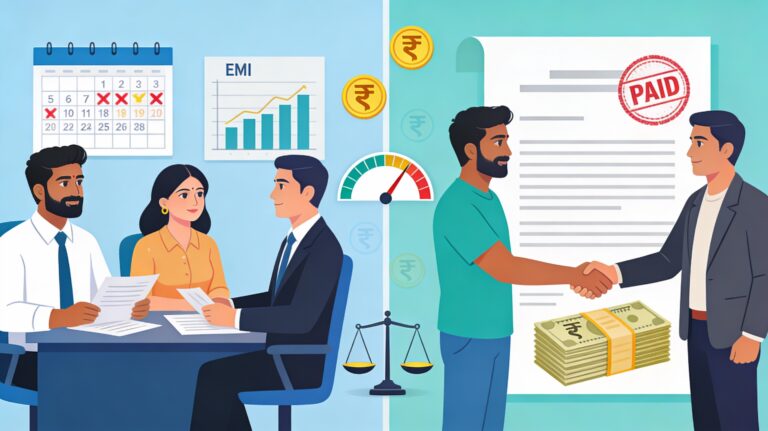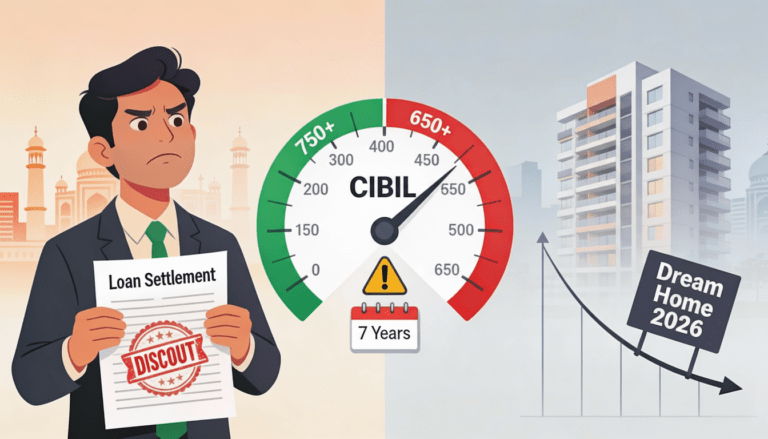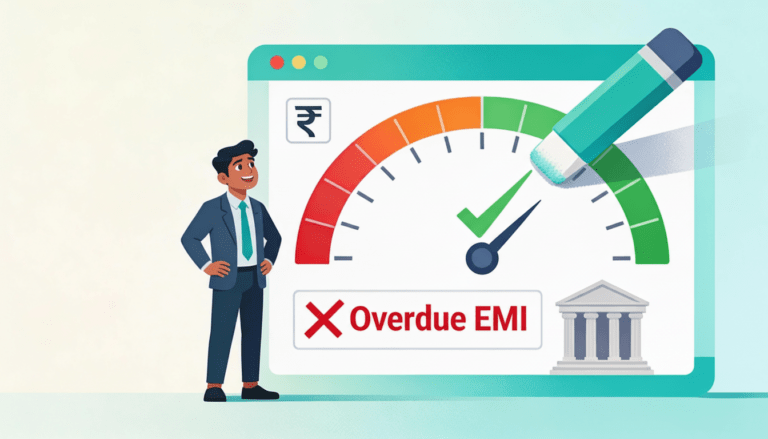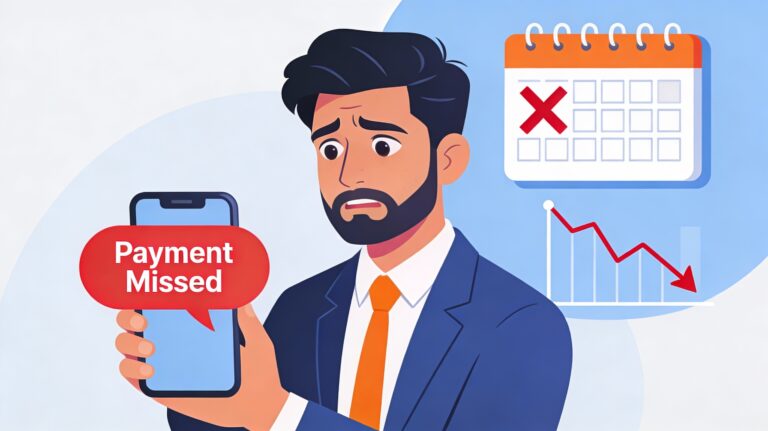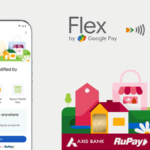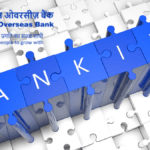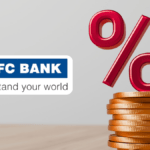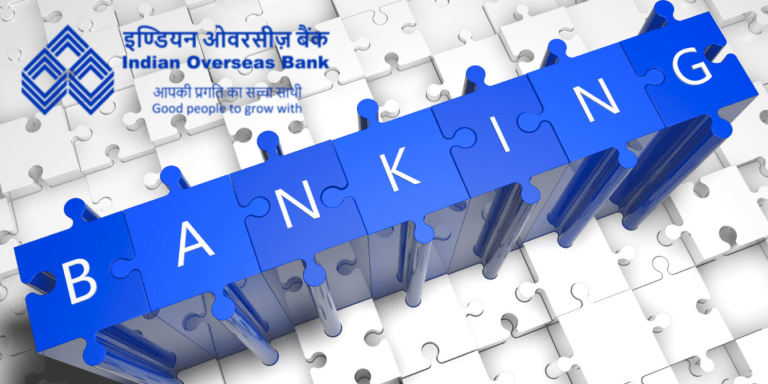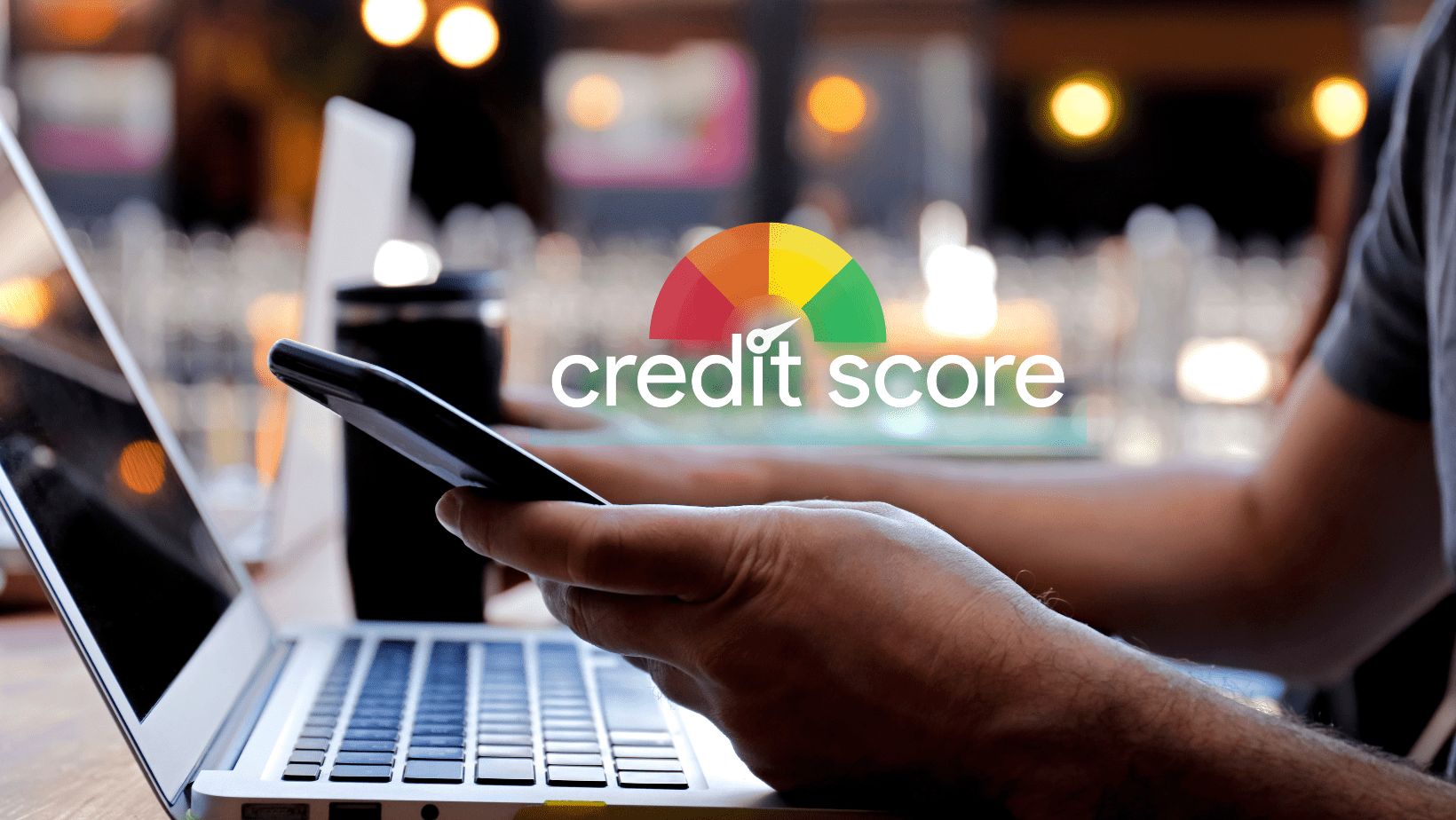
” Can digital lending apps boost or hurt your credit score? Learn how these apps impact your financial health, tips for smart borrowing, and the latest trends. Discover the pros, cons, and regulatory measures to make informed decisions. Read now to protect and improve your credit score! “
Financial technology (fintech) has revolutionized how we borrow and manage money. Digital lending apps have emerged as a convenient alternative to traditional banks, offering quick loans with minimal paperwork. But as their popularity grows, so do concerns about their impact on credit scores. Can these apps help you build a better credit profile, or could they potentially harm it? Let’s dive into the details and uncover the truth.
Digital lending apps have revolutionized the way people access credit. With just a few taps on your smartphone, you can apply for a loan and receive approval within minutes. However, the convenience of these apps comes with potential risks and benefits for your credit score. Understanding how digital lending apps work and their impact on your credit score is crucial for making informed financial decisions.
What Are Digital Lending Apps?
Digital lending apps are mobile or web-based platforms that provide instant loans to users. These apps leverage technology, such as artificial intelligence (AI) and machine learning, to assess creditworthiness and disburse funds within minutes.
Popular examples include:
- PaySense
- MoneyTap
- KreditBee
- EarlySalary
Global Platforms:
- LendingClub
- SoFi.
These apps cater to a wide range of borrowers, from salaried professionals to freelancers and small business owners. They offer personal loans, payday loans, and even microloans, often with flexible repayment terms. However, their ease of access raises questions about their long-term impact on your financial health, particularly your credit score.
How Digital Lending Apps Work
Digital lending apps typically follow a straightforward process:
- Application: Users download the app and fill out an online application form, providing personal and financial information.
- Assessment: The app uses algorithms and machine learning to assess the applicant’s creditworthiness. This may include analyzing credit scores, income, employment history, and alternative data sources such as social media activity and utility bills.
- Approval: If the applicant meets the app’s criteria, they receive loan approval within minutes or hours.
- Disbursement: The loan amount is disbursed directly to the applicant’s bank account.
How Do Digital Lending Apps Affect Your Credit Score?
Your credit score is a three-digit number that reflects your creditworthiness. It’s calculated based on factors like payment history, credit utilization, length of credit history, types of credit, and recent credit inquiries. Digital lending apps can influence your credit score in both positive and negative ways, depending on how you use them.
1. Positive Impact: Building Credit History
For individuals with no credit history or a thin credit file, digital lending apps can be a game-changer. Here’s how they can help:
- Establishing Credit History: If you’ve never taken a loan or used a credit card, digital lending apps can help you build a credit history. Timely repayments are reported to credit bureaus, which can boost your credit score over time.
- Improving Credit Mix: A diverse credit portfolio, including personal loans, credit cards, and mortgages, can positively impact your credit score. Digital lending apps add to this mix, especially if you’ve only used credit cards before.
- Quick Access to Funds: In emergencies, these apps can prevent missed payments on existing debts, which would otherwise hurt your credit score.
- Building Credit History: For individuals with limited or no credit history, digital lending apps can provide an opportunity to build a credit profile. By taking out small loans and repaying them on time, users can establish a positive credit history.
- On-Time Payments: Making timely payments on digital loans can boost your credit score. Payment history is a significant factor in credit scoring models, and consistent on-time payments demonstrate financial responsibility.
2. Negative Impact: Potential Risks
While digital lending apps offer convenience, misuse or over-reliance can harm your credit score. Here’s how:
- Multiple Loan Applications: Every time you apply for a loan, the lender performs a hard inquiry on your credit report. Multiple inquiries within a short period can lower your credit score, as it signals financial distress.
- High-Interest Rates and Fees: Many digital lending apps charge high-interest rates and hidden fees. If you struggle to repay the loan, it can lead to defaults or late payments, which severely damage your credit score.
- Debt Trap: The ease of borrowing can lead to over borrowing, creating a cycle of debt. This can increase your credit utilization ratio and negatively impact your credit score.
- Lack of Transparency: Some apps may not report your repayment behavior to credit bureaus, meaning your timely payments won’t help improve your credit score.
- Hard Inquiries: When you apply for a loan through a digital lending app, the lender may perform a hard inquiry on your credit report. Multiple hard inquiries within a short period can lower your credit score.
- Debt Accumulation: Taking out multiple loans from digital lending apps can lead to debt accumulation. If you struggle to manage multiple loan payments, it can negatively impact your credit score.
Latest Trends in Digital Lending
The digital lending landscape is continuously evolving, with new trends shaping the industry. Here are some of the latest trends:
- Alternative Data for Credit Scoring: Digital lending apps are increasingly using alternative data sources, such as social media activity, utility bills, and rental payments, to assess creditworthiness. This approach provides a more comprehensive view of an applicant’s financial behavior.
- Machine Learning and AI: Machine learning algorithms are enhancing the accuracy of credit assessments by identifying complex patterns in data. These algorithms can predict the likelihood of default more effectively than traditional methods.
- Embedded Lending: The embedded lending market is growing rapidly, with digital lending services integrated into various platforms, such as e-commerce websites and financial apps. This trend is expected to drive significant growth in the digital lending sector.
In India, the digital lending market is expected to grow at a CAGR of 39.5% between 2021 and 2026, as per a report by Ken Research. This growth is driven by increasing smartphone penetration, government initiatives like Digital India, and the rising demand for quick loans.
However, this rapid expansion has also led to regulatory scrutiny. In 2022, the Reserve Bank of India (RBI) introduced stricter guidelines for digital lending apps to protect consumers from predatory practices. These guidelines mandate transparency in loan terms, data privacy, and grievance redressal mechanisms.
Tips to Use Digital Lending Apps Wisely
To ensure that digital lending apps boost rather than hurt your credit score, follow these best practices:
- Borrow Only What You Need: Avoid the temptation to take out larger loans than necessary. Stick to an amount you can comfortably repay.
- Check Interest Rates and Fees: Compare multiple apps to find the most affordable option. Look for hidden charges like processing fees or prepayment penalties.
- Read the Fine Print: Ensure the app reports your repayment behavior to credit bureaus. If it doesn’t, your timely payments won’t help improve your credit score.
- Avoid Multiple Applications: Limit the number of loan applications to prevent multiple hard inquiries on your credit report.
- Set Up Auto-Pay: Automate your loan repayments to avoid missing due dates, which can negatively impact your credit score.
- Monitor Your Credit Report: Regularly check your credit report for errors or discrepancies. You can get a free credit report once a year from major credit bureaus like CIBIL, Experian, or Equifax.
Case Study: How Digital Lending Apps Impacted Two Borrowers
Let’s look at two real-life scenarios to understand the potential outcomes of using digital lending apps.
Case 1: Positive Impact
Rahul, a 25-year-old software engineer, had no credit history. He used a digital lending app to take a small personal loan of ₹20,000 to buy a laptop. He repaid the loan on time, and the app reported his repayment behavior to credit bureaus. Within six months, Rahul’s credit score improved from NA/NH (No Activity/No History) to 720, enabling him to qualify for a credit card.
Case 2: Negative Impact
Priya, a 30-year-old marketing professional, took multiple loans from different digital lending apps to fund her lifestyle. She struggled to keep up with repayments and eventually defaulted on two loans. Her credit score dropped from 750 to 580, making it difficult for her to secure loans in the future.
Regulatory Measures to Protect Borrowers
To address the risks associated with digital lending apps, regulators worldwide are implementing stricter measures. For instance:
- India: The RBI’s 2022 guidelines require digital lending apps to disclose all loan terms upfront, including interest rates and fees. They also prohibit apps from accessing borrowers’ phone data without consent.
- USA: The Consumer Financial Protection Bureau (CFPB) has issued warnings against predatory lending practices and is working to enhance transparency in digital lending.
- Europe: The European Banking Authority (EBA) has introduced regulations to ensure fair treatment of borrowers and protect their data privacy.
Boost or Hurt? It’s Up to You
Digital lending apps are a double-edged sword. When used responsibly, they can help you build a strong credit history and access funds in emergencies. However, misuse can lead to a cycle of debt and a damaged credit score. The key lies in understanding how these apps work, reading the fine print, and borrowing within your means.
As the digital lending industry continues to evolve, staying informed and vigilant is crucial. By following best practices and leveraging these tools wisely, you can harness the power of digital lending apps to boost your credit score and achieve your financial goals.
Remember, maintaining a good credit score requires responsible borrowing and timely repayment of loans. Use digital lending apps wisely to boost your credit score and achieve your financial goals.
-

Axis Bank and Google Pay Redefine Payments: India’s First Fully Digital UPI Credit Card Revolution
-

RBI Opens Applications for 93 Specialist Officer Roles: Your Gateway to a Prestigious Career
-
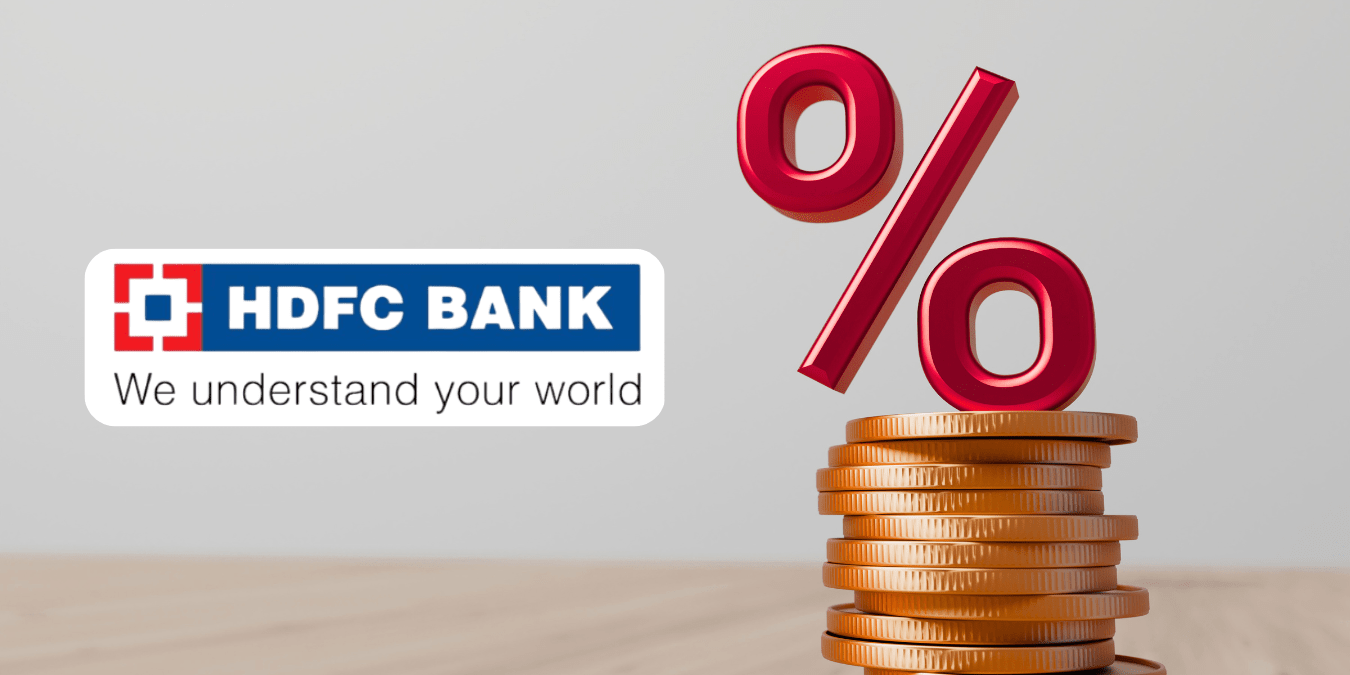
HDFC Slashes FD Rates: What RBI Policy Means for Your Savings Now



